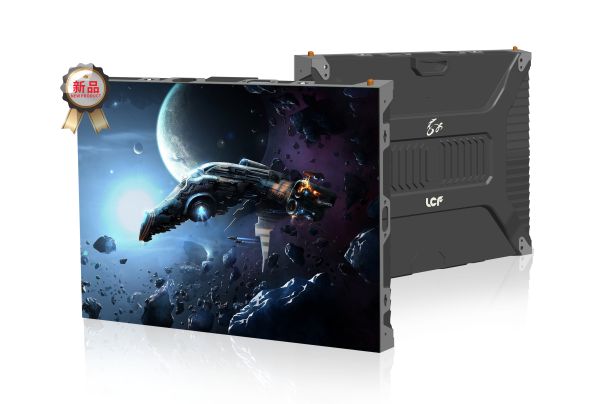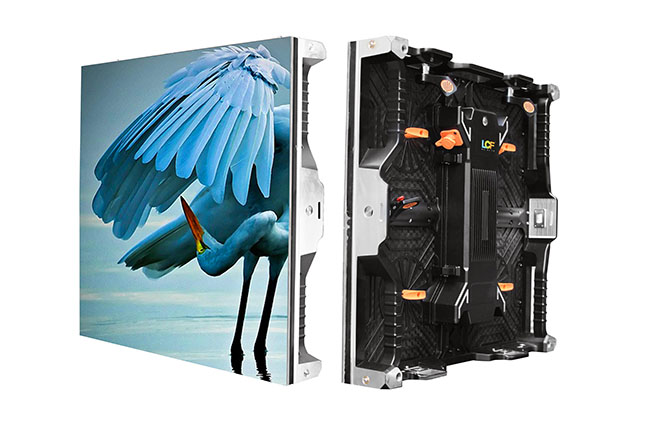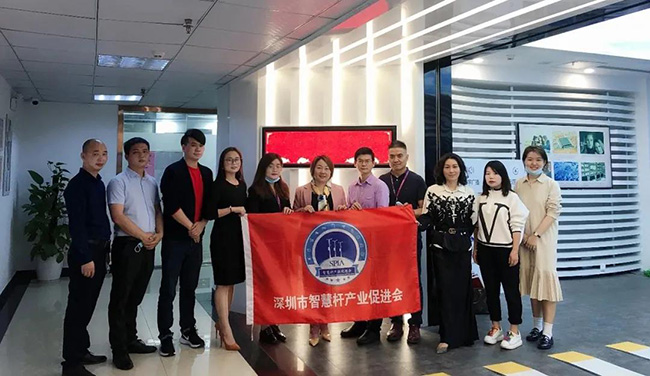Publisher: Supplier of LED Display Time: 2019-11-08 13:54 Views: 4243

Liancheng Fa Long Xianxi -T series
A mid-to-high-end video processor with good performance not only requires the processor to have higher resolution image output capability, higher resolution and more channels of video image input capability, but also more channels of real-time video windows. The display ability of the screen, in addition to the real-time display, monitoring, management and other aspects, are also very particular, we can look at the following aspects:
1. The "core" of the processor is very important: manufacturers who choose low-end chips can save more than 10% of their manufacturing costs, and there is no guarantee of compatibility and long-term stability: crashes, lost programs, no display, speed decay, incomplete data, Problems such as inability to recover are bound to follow. The mid-to-high-end video processing system not only needs an unusual appearance and structural design, but also needs a brand-new powerful processing core and strictly uses high-end chips.
In addition, due to the difference in the brightness of the use environment, the general indoor screen requires that the brightness of the LED screen cannot be as high as the outdoor one. This requires the video processor to have better image quality improvement capabilities, especially more advanced image scaling processing algorithms, so as to ensure that the high-definition video image can maintain the detail clarity and grayscale of the image to a large extent after scaling processing. level. Secondly, there must be a wealth of image adjustment options and adjustment effects, especially the adjustment of image brightness, contrast and low gray processing, so as to ensure the output of soft, clear and well-defined images in the indoor light environment of the screen.
2. 4K signal processing capability: LED display systems that do not have point-to-point display capabilities have been unable to become the current mainstream products. At present, there are many screens with more than 1920*1080 pixels, and the application of 4k specification products in professional audition has entered a stage of rapid development. Insufficient resolution of the input signal will seriously reduce the display clarity of the screen. In order to realize the ultra-high-definition display of the large LED display, the 4K input solution is indispensable, which effectively solves the problem of blurred screen images caused by enlarged splicing.
3. Signal real-time echo management capability: With the increase of multi-screen applications, users need to have more convenient and accurate control on signal retrieval and switching. If you want to switch with one key and prevent misoperation, the "signal echo" function can easily solve it for you! Users can use this function to directly select and adjust the window, instantly view the content of the input signal and switch in conjunction. In addition, it can also be used with a gigabit network card to realize mobile visual control, and can perform visual control on any computer through a local area network.
4. Input and output monitoring on the same screen: There are more and more multi-input and multi-output scenarios, and the situation where one signal corresponds to one monitor is simply maddening. If you want to see the input and output at a glance and no longer worry about finding the signal source, your processor needs to have the "same screen monitoring" function. Users can complete the multi-window visualization operation without software connection, which greatly reduces the use cost and operation complexity.
5. Seamless scene switching: With the development of display technology, people's effect on the display is getting higher and higher. In the era of small spacing, if you are only satisfied with the seamless switching of simple signals, you are far behind. What users need more is that the switching process of the entire scene template can complete a seamless transition, and there will be no black screen, flicker, delay and other phenomena during the switching process. Seamless template switching is an excellent feature of mid-to-high-end LED video processing systems.
6. Multi-channel independent adjustment of image processing capabilities: When LCD, LED and projection are used in combination, or when the number of signals is large, it may cause great differences in the display effect between each image, and you cannot adjust individual images with differences. . The multi-channel independent adjustment function can easily solve this problem. It can carry out image processing in a targeted manner to make the overall picture more harmonious and unified.
7. Hot backup of input signal: Live performance is a market where LED applications are currently growing rapidly, and LED video processing equipment is used more and more in live events. If a fault causes the anchor's signal to disappear, the scene will definitely fall into an embarrassing situation. The processor with intelligent hot backup function can assign multiple backup signals to the anchor signal. When the anchor signal is lost in an accident, the backup signal can be immediately transmitted to the LED display to ensure the normal display of the picture and effectively protect the scene. reliability. Input signal hot backup is one of the important qualities of the current mid-to-high-end LED video processors.
In addition, the global image and text overlay function, support for device encryption, transparency settings, and edge feathering are all good qualities that mid-to-high-end video processing systems should have.









